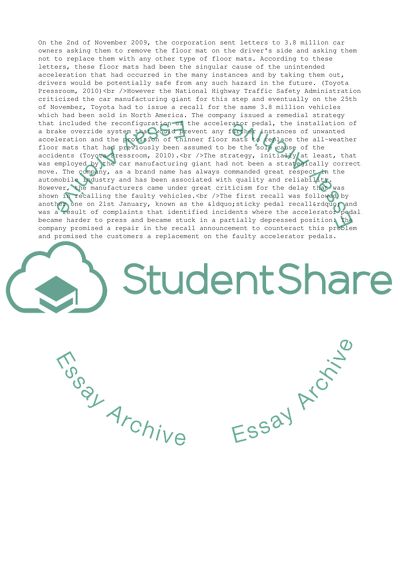Cite this document
(Toyota's Business Strategy Essay Example | Topics and Well Written Essays - 1750 words, n.d.)
Toyota's Business Strategy Essay Example | Topics and Well Written Essays - 1750 words. https://studentshare.org/business/1738396-organisation-strategy
Toyota's Business Strategy Essay Example | Topics and Well Written Essays - 1750 words. https://studentshare.org/business/1738396-organisation-strategy
(Toyota'S Business Strategy Essay Example | Topics and Well Written Essays - 1750 Words)
Toyota'S Business Strategy Essay Example | Topics and Well Written Essays - 1750 Words. https://studentshare.org/business/1738396-organisation-strategy.
Toyota'S Business Strategy Essay Example | Topics and Well Written Essays - 1750 Words. https://studentshare.org/business/1738396-organisation-strategy.
“Toyota'S Business Strategy Essay Example | Topics and Well Written Essays - 1750 Words”. https://studentshare.org/business/1738396-organisation-strategy.


